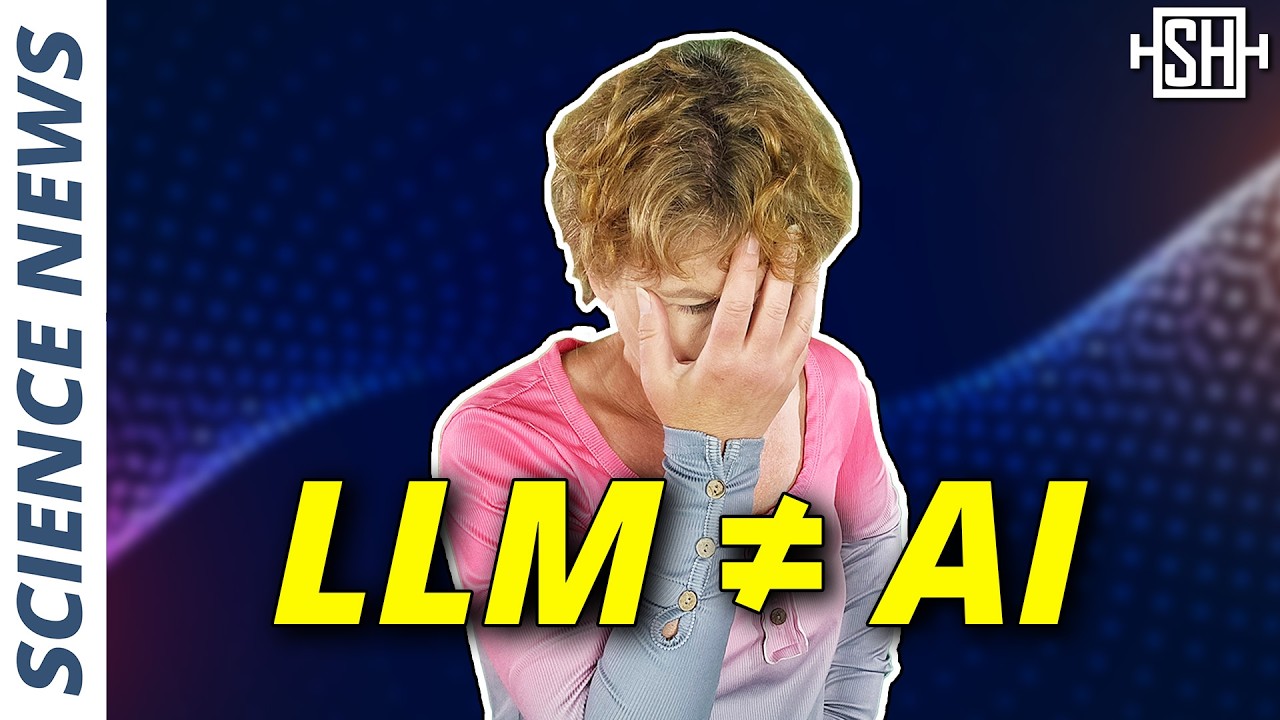The video discusses the decline in stock prices related to large language models (LLMs), attributing it to investor panic and highlighting the issue of “hallucinations,” where LLMs generate incorrect information confidently. The speaker advocates for incorporating logical reasoning and symbolic language into AI development to improve reliability and align outputs with human expectations, emphasizing the potential of companies like DeepMind in this area.
The video discusses the current state of the AI market, particularly focusing on the decline of stocks related to large language models (LLMs), such as Nvidia. The speaker expresses concern over the recent drop in stock prices, attributing it to investor panic rather than a fundamental issue with AI itself. They argue that the current bubble is specific to LLMs, and once the market recognizes the broader potential of AI, stock values will likely recover.
A significant problem with LLMs is the phenomenon known as “hallucinations,” where these models generate incorrect or nonsensical information with confidence. The speaker highlights a notable incident where a lawyer used ChatGPT to create a defense that cited non-existent cases, illustrating the risks associated with relying on LLMs for accurate information. Although LLMs have improved in some areas, such as providing real book recommendations, they still struggle with generating accurate outputs, often producing fabricated references.
The speaker uses an example involving a modified riddle to demonstrate how LLMs can produce answers that seem plausible but are fundamentally incorrect. This issue arises because LLMs often rely on patterns from their training data rather than understanding the underlying logic of the problems they are solving. The speaker emphasizes that the metrics for evaluating good output differ between humans and LLMs, leading to a disconnect in the quality of responses generated by these models.
To address the limitations of LLMs, the speaker suggests incorporating logical reasoning and symbolic language into AI development. They reference advancements made by DeepMind in using AI for mathematical proofs, which not only solve problems but also provide understandable explanations. This approach could significantly improve the reliability of AI outputs, making them more aligned with human expectations and logical reasoning.
In conclusion, the speaker argues that the future of AI lies in developing models based on logical reasoning and an understanding of the physical world, rather than solely relying on language processing. They express optimism about companies like DeepMind, which are exploring these avenues, and suggest that the focus should shift from words to the underlying principles of physics and mathematics. The video ends with a recommendation for viewers to explore educational resources on platforms like Brilliant.org to better understand neural networks and LLMs. Learn more about how neural networks and large language models work on Brilliant! First 30 days are free and 20% off the annual premium subscription when you use our link ➜ https://brilliant.org/sabine.
